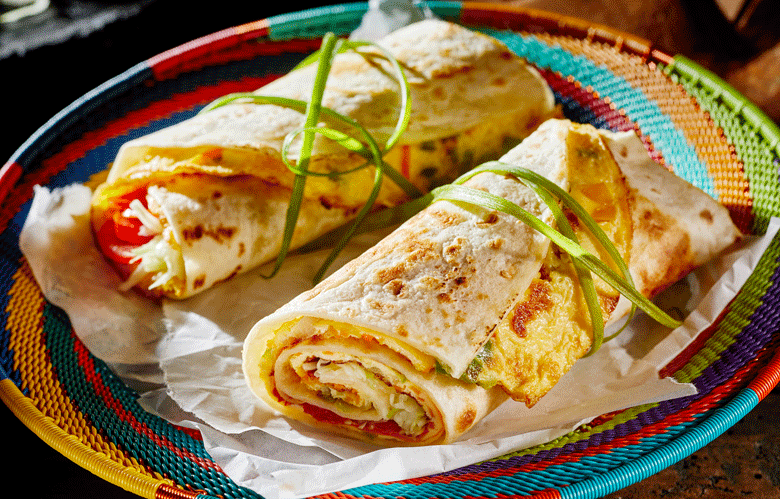 African influence on other cuisine
African influence on other cuisine
Many people might not associate Chillies with Africa. In fact, Chillies and Africa are irrevocably linked through the history of the continent, its people, and the type of cuisine eaten there. From South Africa, right through into Central Africa, East, and West Africa, you will find Chillies being used in everyday cooking. Be it curries in Durban, South Africa, Rolexes in Uganda or Frango Piri- Piri in Angola, Chillies can be found in Africa in all their glory
One particularly unpleasant part of the continent’s history resulted in the Africans’ love of Chillies spreading far beyond its borders. This was a consequence of the slave trade. During this awful era, millions of Africans were forcibly removed from their homelands and coerced into working as slaves. They were transported from Africa by sea (or by crossing the Sahara desert to North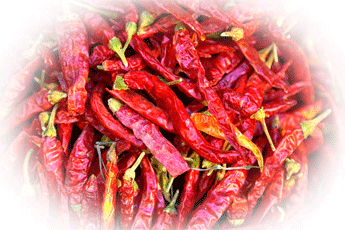 Africa) and then on to Europe, the Caribbean, the USA, and South America.
Africa) and then on to Europe, the Caribbean, the USA, and South America.
In the Caribbean and South America, slavery would probably have meant working as labourers on sugar cane plantations. In the American South, it could have involved toiling in the fields of tobacco farmers, working in rice plantations, harvesting cotton or as domestic servants. In Europe, the enslaved people would have been put to work as domestic servants, cooks, or labourers in agriculture.
The Portuguese were one of the first to participate in the slave trade in Africa, but the English, French, Dutch, Spanish, and Danish soon followed them. These slave traders kidnapped their slaves mainly from West African countries, like the modern-day Senegal and Benin, Ghana, Sierra Leone, Nigeria, Cameroon, and Angola, and then sold to work as unpaid labourers at the beck and call of their masters
The influence these enslaved people had on the cuisines of the countries they were sent to is truly amazing. It is a powerful legacy from that terrible time that is thankfully here to stay. Dishes like Jerk pork from Jamaica, Feijoada from Brazil, and barbequed hog from the American South all carry the hallmarks of cuisine that has its origin in the cooking of enslaved peslaves from Africa. And what fine cooking this is!
Chillies and African cooking
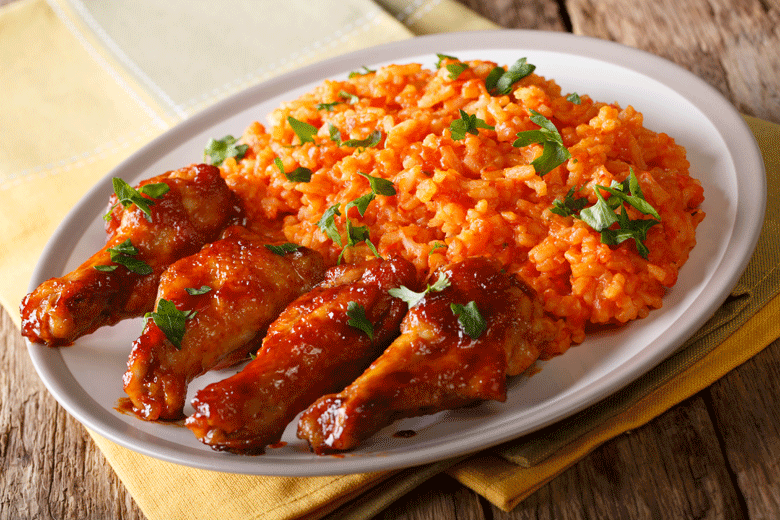
West African cuisine
Today, when looking into the cuisine of these countries, you will find many examples of typical African cooking that is now more associated with American, West Indian, or European cuisine. Examples of these dishes include Jollof rice from Nigeria (which became Jambalaya in the USA), Waakye from Ghana (the South’s Hoppin’ John) and “Ki ngombo” (an African word for okra), which is the origin of the name for Gumbo. Another example is Charlestown red rice (rice cooked with tomatoes, bacon, and onions). This dish probably had its origins in Thieboudienne, the national dish of Senegal.
Many of these African dishes are stews made in one pot. It is a way of cooking that can be found throughout Africa. One-pot cooking is also popular in the Caribbean.
This is a direct result of the influence the African people had on the regions cooking. Forced to eat whatever was given to them, the enslaved people made do with what they had. They turned whatever they got into meals that brimmed with flavour. Cheap cuts of meat were cooked, long and slow, They also cooked dishes with beans, rice, and any vegetables they managed to grow. As was their African custom, the enslaved people added Chillies to flavour these dishes whenever they could.
also cooked dishes with beans, rice, and any vegetables they managed to grow. As was their African custom, the enslaved people added Chillies to flavour these dishes whenever they could.
The use of Chillies in African cooking didn’t happen by accident. Africans had a longstanding tradition of spicing up their food. Before they were introduced to Chillies by the Portuguese, West Africans used a spice called grains of paradise (aka Melegueta peppers) to add pungency to their food. This is a spice native to West Africa. However, once the Africans were introduced to them, Chillies quickly usurped the Maleguetas peppers as the spice of choice of the people.
Particularly so in the case of the slaves. Unable to find grains of paradise in the countries they had been sent to, they soon adopted Chillies as a welcome replacement. Indeed. In Brazil, for example, Chillies were so popular among the slaves, they even gave the Capsicum frutescens Chilli, native to the country, its current name. The Malagueta Chilli in Brazil, as it is known today, was named after the Portuguese spelling for Melegueta pepper. The enslaved people held this Chilli in such high regard that they decided to honour it, not only by using it as a replacement, but also in preference to the grains of paradise spice they had used in their cooking for centuries before
Other areas of influence
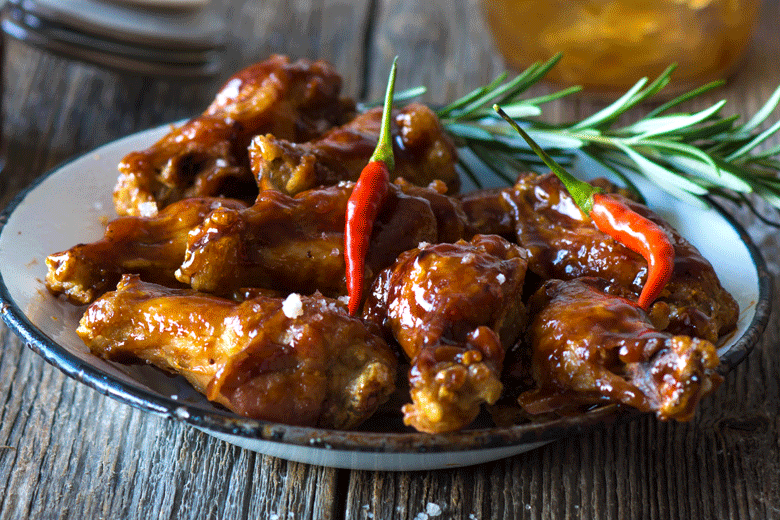
Brazil and the Caribbean
Bahia, where the spiciest food in Brazil can be found, has lots of influences from the slave era. Dishes like Acarajé with Vatapa (mashed black-eyed peas deep-fried in dendê oil with a spicy paste), Bobó de camarão (a prawn chowder like the West African Ipetê) and Moqueca Baiana (a seafood stew made with coconut milk, vegetables and Chillies) all have their origin in Africa.
Similarly, in the Caribbean, the enslaved people would not have been disappointed by the lack of Melegueta pepper. The indigenous Taino people had been growing Chillies in the West Indies for thousands of years. Once the enslaved people discovered Chillies in the Caribbean, they soon became part and parcel of their cooking. Chillies were incorporated into one pot, cooking in dishes like oxtail and cow heel stew. They also found their way into Caribbean favourites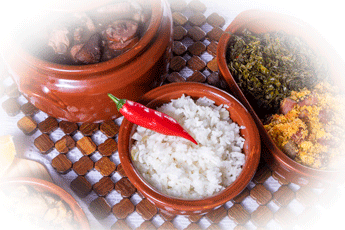 like Callaloo (a greens stew made with dasheen leaves, okra, onions, herbs, spices, and coconut milk), Pepperpot stew (a stew made with cassava, bacon, beef, herbs, spice and Chillies) and Manish water (a goat’s meat soup made with bananas, yams, potatoes, Chillies, herbs and spices)
like Callaloo (a greens stew made with dasheen leaves, okra, onions, herbs, spices, and coconut milk), Pepperpot stew (a stew made with cassava, bacon, beef, herbs, spice and Chillies) and Manish water (a goat’s meat soup made with bananas, yams, potatoes, Chillies, herbs and spices)
Jerk chicken and pork also have their origin in the cooking done by enslaved people. Runaway enslaved people joined bands of Taino people in jungles in the mountains of Jamaica, where they hid from their capturers. With limited food resources in these areas, roaming wild boars were a primary source of food. These groups invented a cooking method where the boar was buried in a hole in the ground after being placed over hot coals. This way of cooking ensured the food was cooked long and slow, but also had the advantage that smoke that would have revealed their location was hidden from sight.
Cuisine in Europe was also influenced by enslaved people from Africa. For example, while not a country that likes spicy food, Portugal has a national dish that stands out from the rest. Frango Piri – Piri (grilled chicken with a fiery sauce made with Chillies) has its origins in Angola and Mozambique. Portuguese slave traders used Angola among other countries as a source for slaves. Some of these enslaved people would have landed up in Portugal, where they worked (among other roles) as cooks in Portuguese kitchens. The influence of these cooks can be seen today in dishes like the popular Frango Piri -Piri
Finally
Perhaps one of the most significant influences the enslaved people had on the cooking in the American South is barbeques. Barbeques have their origin in the Caribbean, where the Taino people used to cook their meat over open fires in structures called barbacoas. Enslaved Africans who had passed through the Caribbean on their way to the South saw the Taino cooking in this way and latched onto the idea. They took what they had learned to America. Before long, they had refined roasting hog meat over open fires to a fine art. Today, this method of cooking is as Southern as it gets
